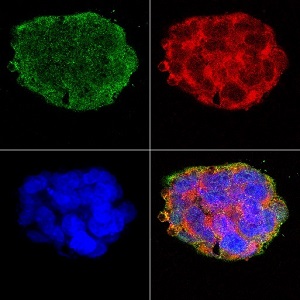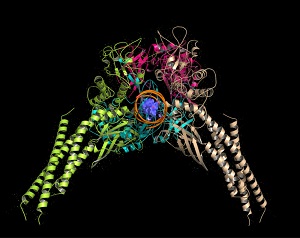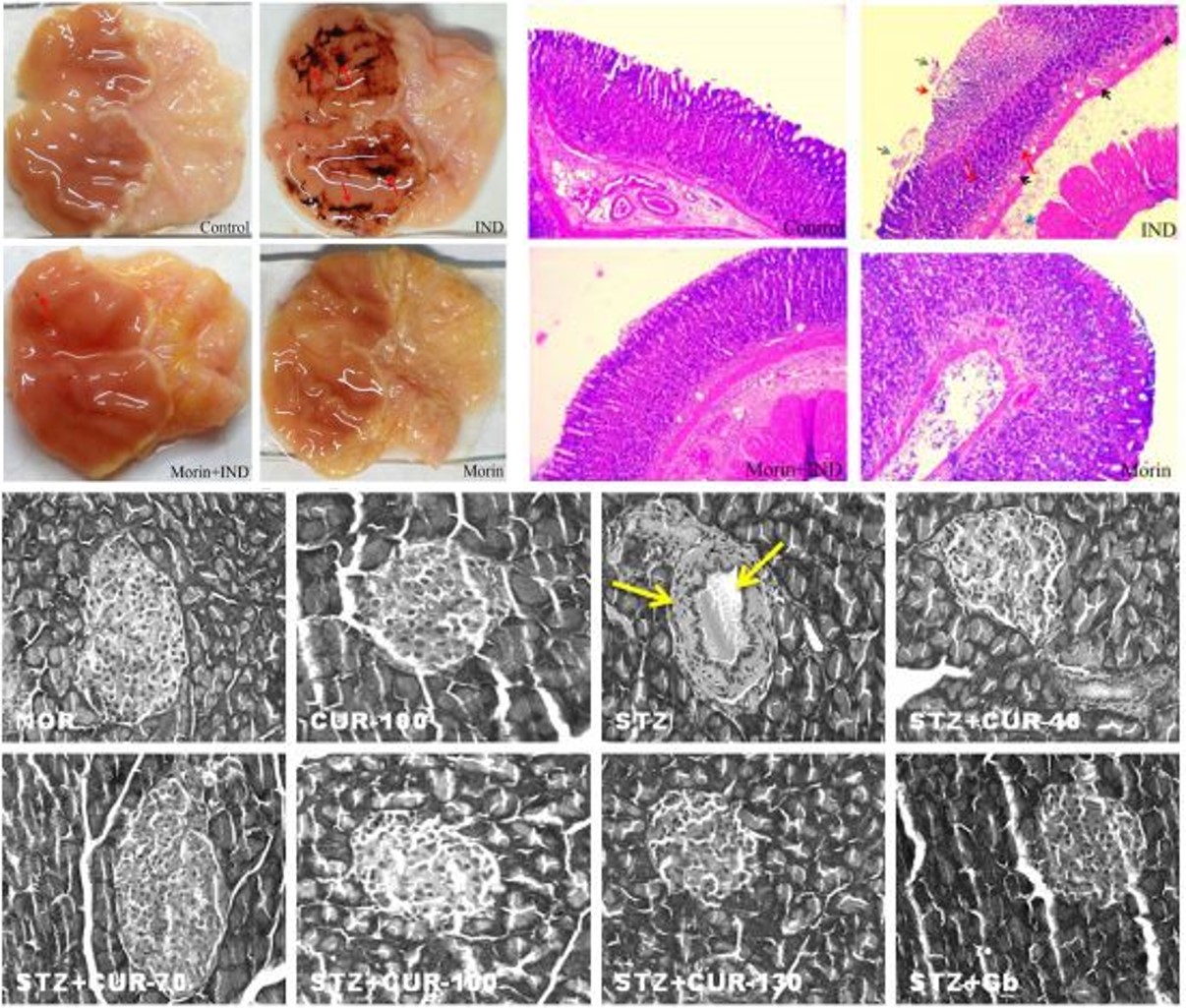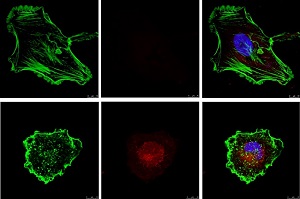Molecular Medicine

Expression of stemness related genes in breast cancer stem cell sphere (Mammosphere)

Structure of the DNA bound form of FOXP3-STAT3 tetramer
The primary focus of the division is to study molecules related to health and diseases and manipulating those molecules to improve diagnosis, prevention and treatment of diseases like Cancer, Diabetes, Cardiovascular problems, Leishmaniasis, Tuberculosis etc. The division has initiated programme for developing drugs, i.e. synthetic, from natural source, protein based etc. specific to one or more of the above diseases.
Some of the specific topics of study are:
· Molecular mechanisms of tumorigenesis: Understanding the role of gangliosides in tumor growth, progression and metastasis
· To delineate the molecular mechanisms regulating metastasis of non-small cell lung carcinoma stem cells: An approach towards a combinatorial therapy
· To manipulate ROS-N Ell2 cross-talk in favor of breast cancer stem cells apoptosis
· Mechanics of tumor cell migration and underlying molecular cross-talks in local 3-dimensional durotactic environment
· To identify and study stochastic phenotypic states of cancer cell population in a tumor mass
· Molecular signalling involved in patho-physiological action of common air pollutant "Benzo(a)pyrene" in Germ cell DNA damage and apoptosis in connection to male infertility
· Microtubule dynamics interfering agent drives apoptosis through Endoplasmic Reticulum stress pathway and increases paditaxel sensitivity in breast cancer cells through AP1 mediated TGFBI over- expression:
· Development of nanoparticle mediated treatment strategy to target NOTCH1 in triple negative breast cancer (TNBC) Xenograft model
· Early host-parasite interaction during lipid raft mediated entry of Leishmania donovani in mouse macrophages
· Mechanistic insight into tumor microenvironment regulation through ceramide: Role of immunomodulator(s) and protein kinases
· lmmunomodulatory role of Mycobacterium indicus pranii (MIP) against cervical cancer caused by Human Papilloma virus (HPV)
· Role of Hsp90 in CRAF kinase regulation
· Structure determination of phospho-5621 CRAF peptide in presence of 14-3-3 protein
· Identification and characterisation of a novel microsatellite DNA markers to identify disease resistant/ susceptible populations of marine giant black tiger shrimp, Penaeus monodon
· Synthesis and bioevaluation of organic small molecules and complex oligosaccharides of microbial origin
· Identification and purification of modulators of transcription factors from medicinal plant extracts and study their mode of actions
· Understanding molecular mechanism of transcription control of heat shock protein chaperone upon thermal shock in human cells
· Intervention of oncogenic RAS-induced proliferative-signaling results activation of apoptoticsignaling
· Clonal deletion of anti-tumorogenic IFN+FOXP3-CD8+ Treg cells confine tumor immunosurveillance
· Synthesis and antitumorigenic activities of nanoencapsulated nifetepimine: A promising approach in treating triple negative breast carcinoma
· Phemindole, a novel synthetic di-indole derivative maneuvers the store operated calcium entry to persuade potent anti-carcinogenic activity in human triple negative breast cancer cell
· Studies on the mechanisms of bio-active molecules in organ pathophysiology
· Curcumin provides protection to spleen from inflammation and ER dependent apoptosis in diabetic pathophysiolog
· Prophylactic role of mangiferin in oxidative stress-mediated liver dysfunction in arsenic intoxicated murines
· Role of carnosine in chemotherapeutic drug induced toxicity of spleen
Faculty members associated with this programme:

Organ pathophysiology and its amelioration by natural products

Confocal microscopy image of F actin and G actin in wild type and GM2-knockout murine cancer cell line